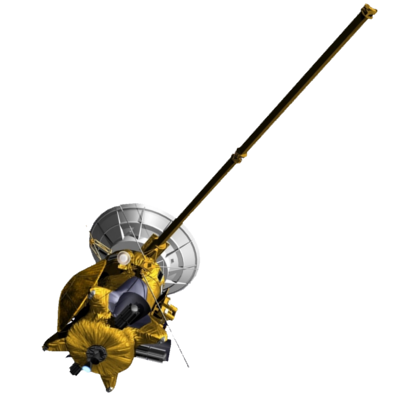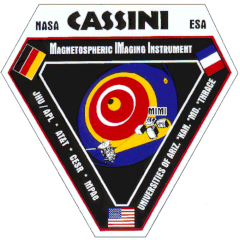Cassini MIMI Investigation at Fundamental Technologies
Historical MIMI Memos and Notes
Presentation by E. Kirsch at MIMI team meeting, October 1994
Figures:
 |
Figure 1 |
 |
Figure 2 |
 |
Figure 3 |
 |
Figure 4 |
 |
Figure 5 |
Sr90 as calibration source
Sr90 -->Y90 + β-
Y90 -->Zr90 + β-
Emax =
500 keV
Emax = 2300 keV
Deflection of electrons
B = 650 Γ
e- =
0.458 MeV --> B · R = 2750 Γ · cm, R = 4.23 cm
e- = 1.12 MeV --> B · R = 5186 Γ ·
cm, R = 7.98 cm
e- = 1.59 MeV --> B · R = 6801 Γ ·
cm, R = 10.46 cm
When e- ~= 2.0 MeV reach detector A, they would not be detectable.
0.35 · 150 = 52 keV energy loss in A, the threshold is at 75 keV!
Return to Historical MIMI Notes and Memos main page.
Return to Cassini
MIMI table of contents page.
Return to Fundamental
Technologies Home Page.
Updated 8/8/19, Cameron Crane
QUICK FACTS
Mission Duration: The Cassini-Huygens mission launched on October 15 1997, and ended on September 15 2017.
Destination: Cassini's destination was Saturn and its moons. The destination of the Huygens Probe's was Saturn's moon Titan.
Orbit: Cassini orbited Saturn for 13 years before diving between its rings and colliding with the planet on September 15th, 2017.



